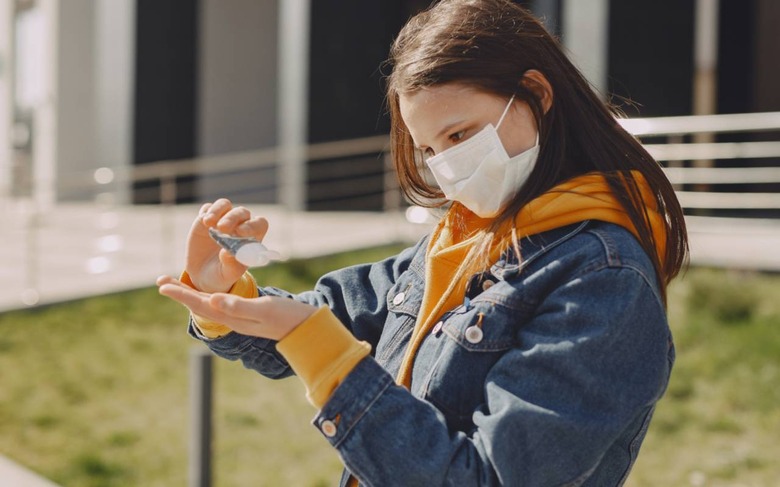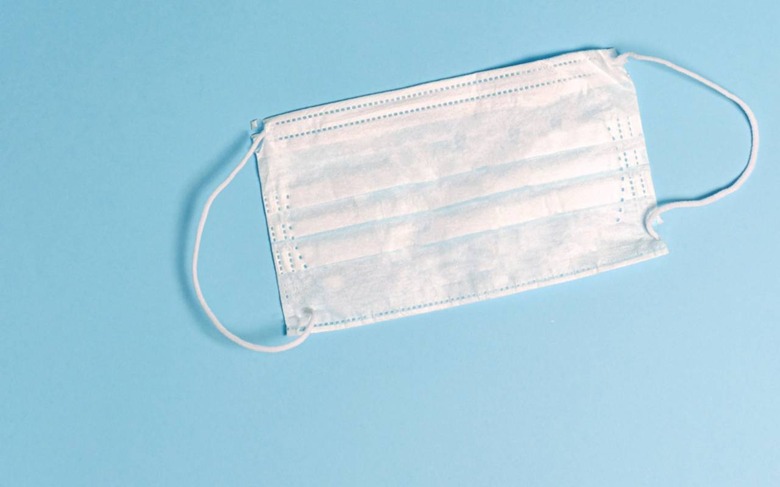The WHO Just Changed Its COVID-19 Face Mask Advice: Here's What's New
The World Health Organization now recommends wearing a face mask to help avoid the spread of COVID-19, updating its guidance after acknowledging new research during the coronavirus pandemic. The WHO had previously stopped short of recommending face masks, cautioning that the evidence for their efficacy was still insufficient.
That changed today, however, with spokespeople from the WHO joining the advice – or outright requirements – several countries and US states have already issued. Citing newer studies that had only been completed in recent weeks, viral experts at the health organization joined calls for more widespread use of fabric masks.
"Knowledge about transmission of the COVID-19 virus is accumulating every day," the WHO pointed out in new guidance released today. "COVID-19 is primarily a respiratory disease and the spectrum of infection with this virus can range from people with very mild, non-respiratory symptoms to severe acute respiratory illness, sepsis with organ dysfunction and death. Some people infected have reported no symptoms at all."

The current belief is that primary transmission of the virus is via respiratory droplets and intact routes. The former is typically across close distances – around three feet or less – when coughing, sneezing, or similar takes place.
In its new guidance, the WHO recommends that the general public wear non-medical, fabric masks when in public settings like grocery stores, at work, schools, churches, and other public settings. It also recommends them for those living in cramped conditions – such as camps or refugee camps – and in settings where physical distancing can't be achieved. That would include public transportation such as busses, trains, and planes, and for those working on store checkouts or as servers.
Medical masks, however, should be reserved for more high-risk circumstances, the WHO suggests. That would include those in vulnerable populations – such as over 60 years of age, or with underlying prior conditions such as lung diseases, cardiovascular disease, or cancer – or anybody with COVID-19 symptoms.
Still, the advice isn't entirely risk free, the WHO points out. For a start, it can lead to a false sense of security, and potentially reduce the likelihood of other safety measures such as physical distancing and hand-washing. There's also the possibility of actually increasing the risk of self-contamination, should people touch their mask and then later touch their eyes.
Improper disposal is another concern, though with fabric masks the suggestion is to wash them in hot water after wearing. When selecting a fabric mask, it's best to pick one that can withstand 60 degree Centigrade temperatures (140 degrees Fahrenheit), generally acknowledged as the ideal temperature for killing bacteria and viruses. If hot water isn't available, the WHO says, washing the mask in room temperature water with soap and then boiling it for a minute will work as an alternative.

The fabric masks should have three layers at least, the WHO advises. The outer layer would be exposed to the environment, and the inner would be in contact with the skin; the internal layer(s) should be water-absorbing materials or fabrics, so that they absorb potentially infected droplets. Coatings are not recommended, as they can reduce airflow and even encourage contaminated air to escape around the sides of the mask.
Masks should not be worn for extended periods of time, and be replaced quickly after they become wet or soiled. The WHO says it is working with researchers on textile analysis to figure out a more effective material for future masks.
